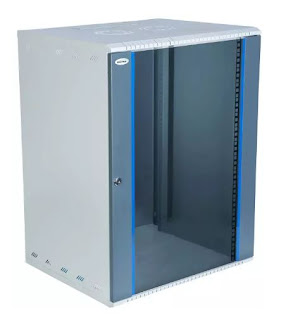Basic Network troubleshooting
Ping:
Ping is a command-line utility and is used for network troubleshooting. It is available with every operating system by default. You need to open command prompt (cmd).
After opening cmd, just type ping followed by host address (IP address) where you want to reach out. It is mostly required to know whether communication with the host is possible or not. It works like, it sends out an ICMP echo request and receives a reply.
You can send ping request to web addresses too. For example, you can send ping request to google.com just by the below syntax,
C:\>ping www.google.com
C:\>Ping 127.0.0.1
If there is any missing reply, then it is understood that, there is some issue with the connectivity.
The time mentioned is between 13 milliseconds (ms) to maximum 50ms or more. It comes with approximate round trip times.
When we are working in a LAN environment and we face there is any internet issue arises, we need to ping first to the gateway (or router) through which it connects internet. Some even ping to global DNS server of Google i.e. 8.8.8.8
Sometimes, administrators ping to switch, firewall and even computers from their own computer to check the connectivity is fine.
Sometimes a continuous ping is required while the troubleshooting work such as wire adjustments, punching repair is ongoing. In that case additional (-t) can be just added to the ping command such as
C:\>ping 127.0.0.1 –t
Loopback plug
loopback plug or loopback adapter, which is a plug used to test physical ports to identify network issue. It can identify issues in network, network interface card, router interface etc.
Similarly it can be used in serial port, parallel USB ports, OFC ports etc.
IPconfig:
Ipconfig is a command line utility used with command (cmd) window. It is used to display all the details about the network. It shows the host IP address, router or adaptor IP address, VPN client address, subnet mask used, default gateway address etc.
If you need to see all other information such as Physical MAC address, DNS and DHCP servers address, DHCP enable status then you need to use /all parameter with the syntax.
If you need help then you need to add question mark symbol
Example
C:\Users\ User name >ipconfig
C:\users\username>ipconfig/all
C:\Users\Username>ipconfig/?
Other than ipconfig syntax, you can know only MAC addresses by typing getmac at the command prompt. And use systeminfo to know many information about the system.
NSlookup:
NSlookup or Name server lookup command is used to diagnose or troubleshoot Domain Name System (DNS) and host name resolution. It is available if you are using TCP/IP protocol. It comes with two modes i.e. interactive and non-interactive.
In interactive mode, you can get only single set of data or information.
Example
C:\User\Username>nslookup www.google.com
You will receive all the name server address, IPv4 address of google.com
In non interactive mode you will receive more than one information at a time.
By using the name server or DNS server, it translates the domain name to an IP address.
Netstat:
Netstat is a network administrator’s command and it displays TCP connections, ports on which a host is listening, IP routing table, IPV4 parameters etc.
Syntax is such as
Netstat -a: It shows all active TCP connections on which host is listening.
Netstat –e: It shows all the Ethernet statistics that includes number of bytes and packets sent and received, any errors if present, unicast packets, unknown protocols etc.
Netstat-r: It shows the contents of IP routing table.
PuTTY:
PuttY is an SSH and telnet client, developed by Simon Tatham for the windows platform. It is an open source software that is available with source code and with both 64 bit and 32 bit. You can download and use it for several activity such as Telnet, configuring devices, SCP, SSH. It provides a command line interface.
Speedtest.net:
Speedtest dot net is a very interactive tool to test the speed and performance of your internet connection. They have thousands of servers across globe that hosts the speedtest server.
-DR


















